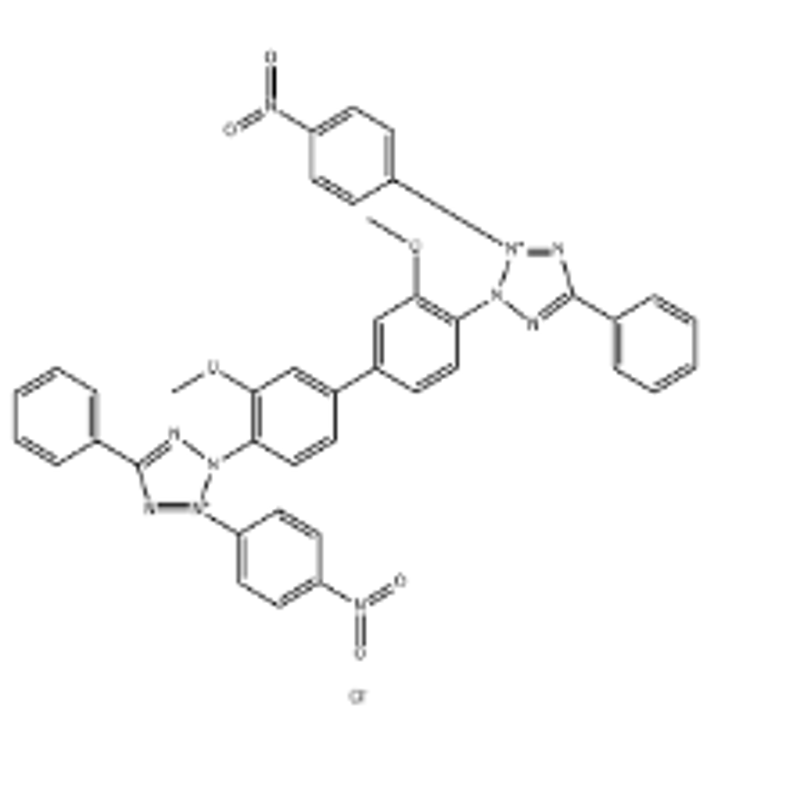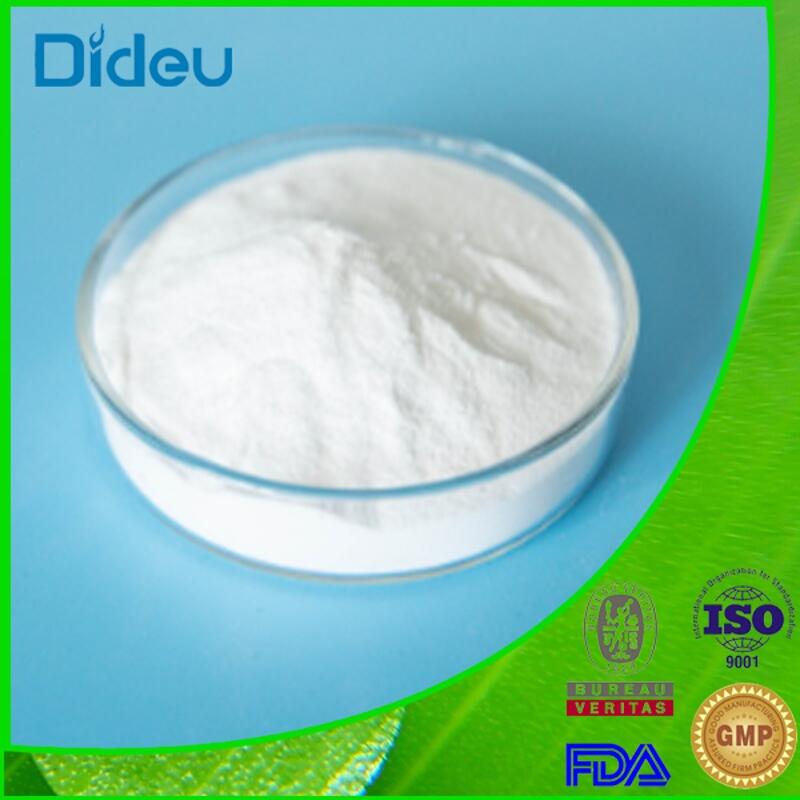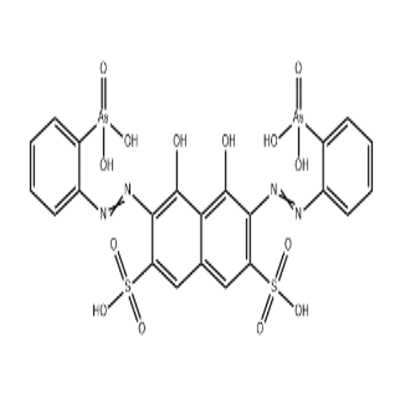-
Categories
-
Pharmaceutical Intermediates
-
Active Pharmaceutical Ingredients
-
Food Additives
- Industrial Coatings
- Agrochemicals
- Dyes and Pigments
- Surfactant
- Flavors and Fragrances
- Chemical Reagents
- Catalyst and Auxiliary
- Natural Products
- Inorganic Chemistry
-
Organic Chemistry
-
Biochemical Engineering
- Analytical Chemistry
-
Cosmetic Ingredient
- Water Treatment Chemical
-
Pharmaceutical Intermediates
Promotion
ECHEMI Mall
Wholesale
Weekly Price
Exhibition
News
-
Trade Service
Phenol red is a commonly used indicator in the chemical industry, particularly in the field of organic chemistry.
It is a naphthol-based dye that is used to identify the presence of an acid or base in a chemical reaction.
The compound is colorless in its acidic form, but it turns red in basic solutions.
There are several methods for synthesizing phenol red, and the most commonly used method is the Donadio-Krausch synthesis.
This method involves the reaction of naphthalene-1,5-disulfonic acid with hydroxylamine in the presence of a base, such as sodium hydroxide.
The reaction produces phenol red, which can then be purified and used for various applications.
Another method for synthesizing phenol red involves the reaction of naphthalene-1,4-disulfonic acid with sodium hydroxide.
This reaction produces a red precipitate of phenol red, which can be collected and purified for use.
Phenol red can also be synthesized by a modification of the Donadio-Krausch method, known as the Wassilewski reaction.
In this method, the base used in the Donadio-Krausch synthesis is replaced with an anhydrous metal carbonate, such as calcium carbonate or magnesium carbonate.
This reaction produces phenol red in a similar fashion to the Donadio-Krausch method, but it is typically carried out at a higher temperature.
Phenol red can also be synthesized through the use of other reactions, such as the synthesis of aniline from nitrobenzene, which involves the formation of phenol red as an intermediate step.
In this reaction, nitrobenzene is treated with sodium hydroxide, producing phenol red, which is then used in a subsequent reaction to form aniline.
Once phenol red has been synthesized, it can be purified through a number of methods.
One common method involves the crystallization of the compound from a suitable solvent, such as ethanol or water.
Another method involves the use of chromatography, such as gel permeation chromatography or high-performance liquid chromatography, to separate the pure compound from any impurities that may be present.
The applications of phenol red are widespread in the chemical industry.
It is commonly used as an indicator in chemical reactions, as mentioned earlier.
It is also used as a redox indicator in electrochemical cells, as a fluorescent whitening agent in paper production, and as a color developer in photography.
In summary, the synthetic routes of phenol red are varied and include the Donadio-Krausch synthesis, the Wassilewski reaction, and the synthesis of aniline from nitrobenzene.
The compound can be purified through a number of methods, including crystallization and chromatography, and it has a wide range of applications in the chemical industry, including as an indicator in chemical reactions, a redox indicator in electrochemical cells, a fluorescent whitening agent in paper production, and a color developer in photography.







